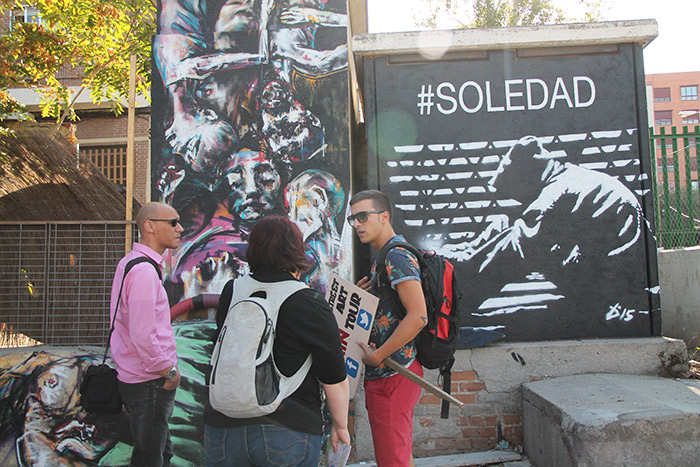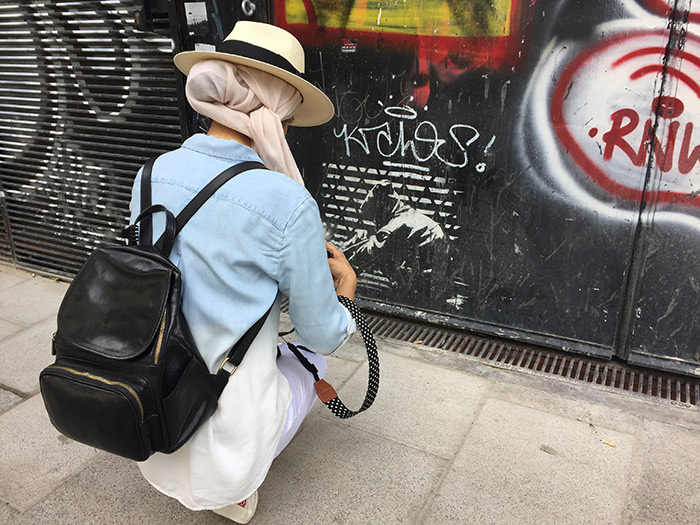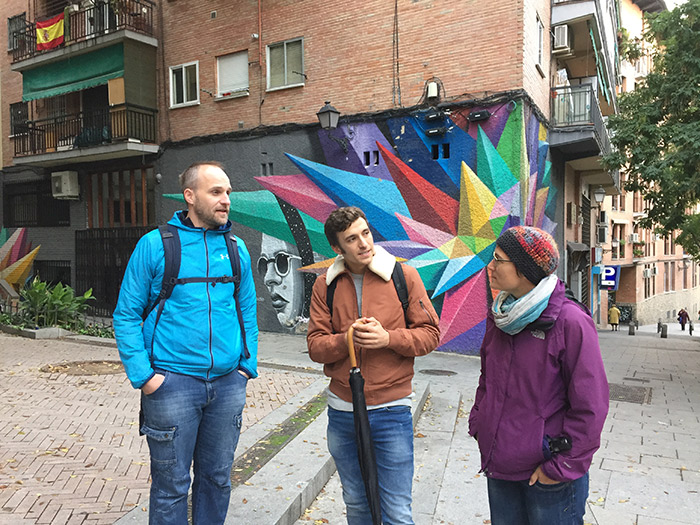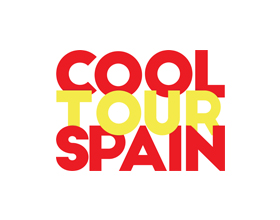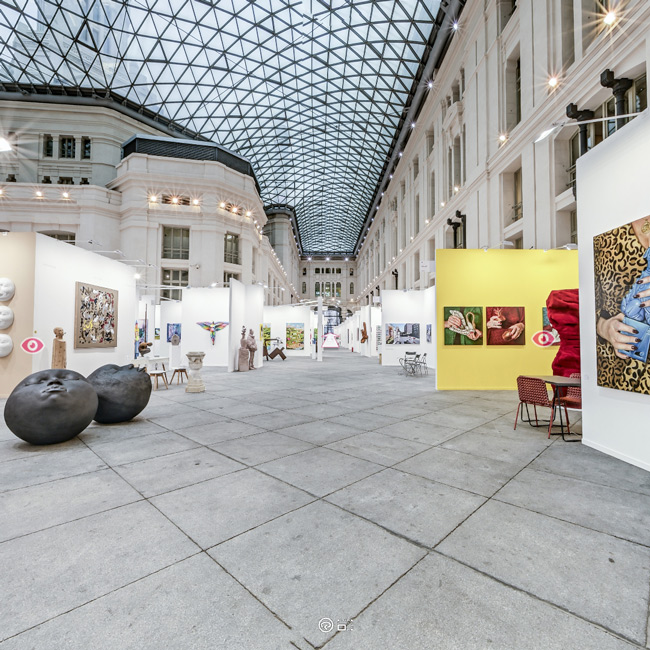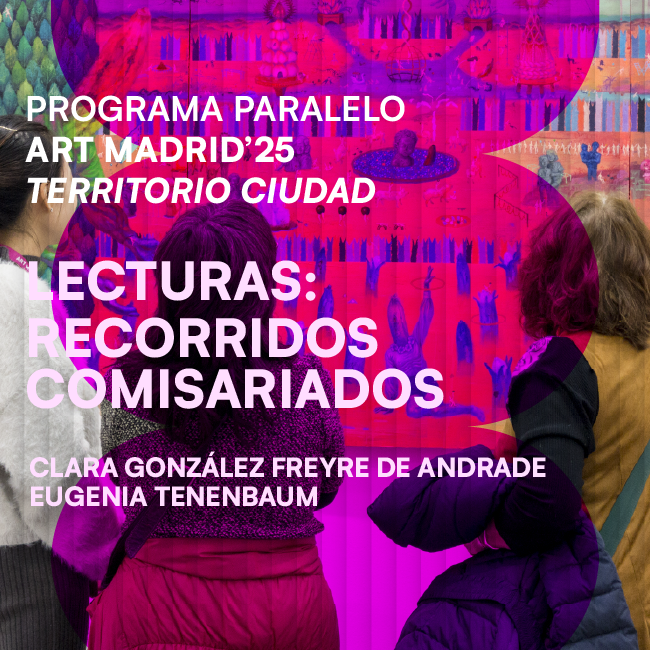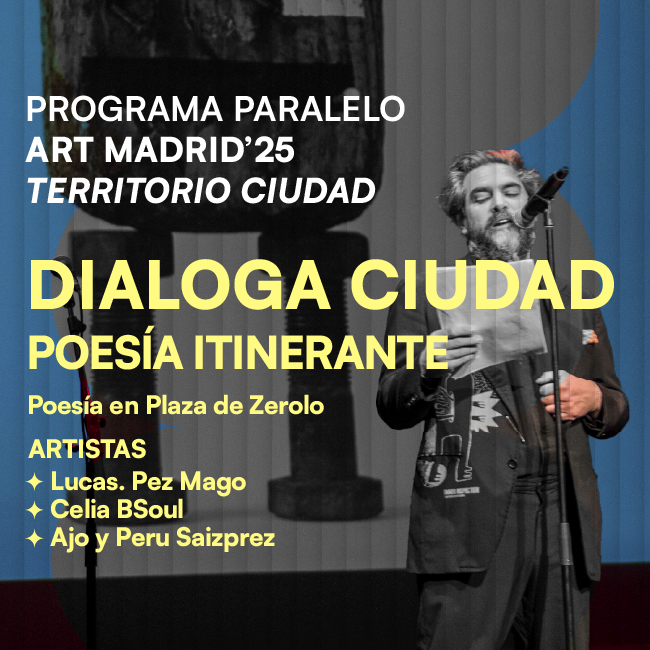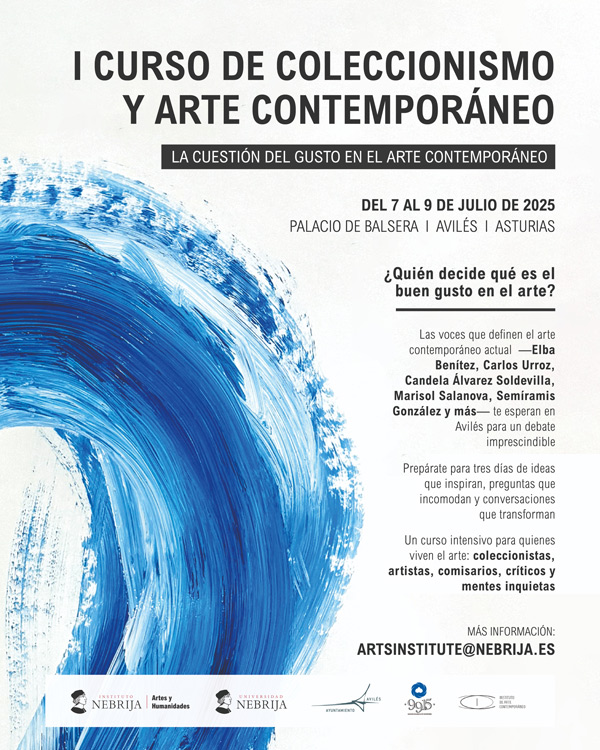From July 7 to 9, 2025, the Balsera Palace will host the First Course on Collecting and Contemporary Art, an intensive 15-hour program that will explore the complex and fundamental question of taste in contemporary art. Organized by the Nebrija Institute of Arts and Humanities at Nebrija University and the Avilés City Council, in collaboration with 9915 — Association of Private Collectors of Contemporary Art and the Institute of Contemporary Art, the course offers a unique opportunity for analysis and debate on the dynamics that shape aesthetic and symbolic value in today’s art scene.
The notion of taste, intrinsically tied to aesthetic judgments and power relations, has played a decisive role in the historical prominence of artists and artworks. However, contemporary art—marked by its breaking of conventions, diversity of media and techniques, and critical stance toward traditional canons—raises fundamental questions about the continued relevance of this concept.
This course will explore how the decisions made by key players in the art system—institutions, private collections, galleries, curators, and artists—continually redefine a field of taste shaped by aesthetic, symbolic, cultural, social, and political logics.
"¿But does it exist, and what is the prevailing taste of our time—so seemingly confused, fragmented, indecipherable?" - Omar Calabrese, The Neo-Baroque Era.
The academic program, directed by José Luis Guijarro Alonso, Director of the Master’s in Art Market and Related Business Management at Nebrija University, and Pablo Álvarez de Toledo, Head of the Department of Arts at Nebrija University and the Nebrija Institute of Arts and Humanities, will bring together a distinguished group of national experts—including collectors, critics, curators, gallery owners, and artists—whose contributions will address key issues in shaping aesthetic, symbolic, and market value in today’s art world.
PROGRAM
MONDAY, JULY 7
9:30 AM Registration.
10:00 AM Course Opening
Nebrija University
Avilés City Council
Presented by Rosario López Meras – President of the Association of Contemporary Art Collectors, 9915, and Adrián Piera – President of the ICA, Institute of Contemporary Art.
10:30 AM Course Presentation
By José Luis Guijarro Alonso – Art Historian and Anthropologist, Researcher, and Director of the Master’s in Art Market and Related Business Management at Nebrija University.
11:00 AM Coffee Break.
11:30 AM Panel Discussion
The Taste of Private Collecting as a Prelude to History.
Speakers: Candela Álvarez Soldevilla – Entrepreneur and Collector; Javier Quilis – INELCOM Collection; José Miguel Vegas Valle – Collector.
Moderator: Luis Feás – Critic and Curator.
1:00 PM Lunch Break.
3:30 PM Individual Lecture
On Good Taste in Contemporary Art.
Speaker: Marisol Salanova – Curator and Art Critic, Director of Arteinformado.
4:45 PM Panel Discussion
The Influence of Galleries in Shaping Contemporary Taste.
Speakers: Elba Benítez – Gallerist; Ricardo Pernas – Gallerist (Arniches 26); Aurora Vigil-Escalera – Gallerist.
Moderator: Rafael Martín – Coleccion@casamer.
6:00 PM End of Day.
6:30 PM Activity and Cocktail
Visit to the Exhibition Asturian Artists in the Pérez Simón Collection – Avilés.
TUESDAY, JULY 8
10:00 AM Individual Lecture
Contemporary (Bad) Taste: Kitsch, Camp, and Tacky.
Speaker: Julio Pérez Manzanares – Autonomous University of Madrid.
11:00 AM Coffee Break.
11:30 AM Panel Discussion
Institutions and the Formation of Contemporary Taste.
Speakers: Virginia López – Artist, Founder of PACA_Proyectos Artísticos Casa Antonino; Julieta de Haro – Artistic Director of CentroCentro; Carlos Urroz – Director of Institutional Relations, Museo Nacional Centro de Arte Reina Sofía.
Moderator: Laura Gutiérrez – Director, School of Art of Oviedo.
1:00 PM Lunch Break.
3:30 PM Panel Discussion
Beyond the Eye: The Taste for Ethical, Ecological, Social, or Political Concerns in Contemporary Art.
Speakers: Semíramis González – Independent Curator; Eugenio Ampudia – Artist; Claudia Rodríguez-Ponga – Independent Curator.
Moderator: Bárbara Mur Borrás – PhD in Fine Arts.
5:00 PM End of Day.
5:30 PM Activity
Visit to the Studiolo Exhibition – Candela Álvarez Soldevilla Collection.
WEDNESDAY, JULY 9
9:30 AM Meeting with Asturian Artists
Speakers: María Castellanos – Artist; Avelino Sala – Artist; Consuelo Vallina – Artist.
Moderator: Pablo Álvarez de Toledo – Nebrija University.
11:00 AM Activity
Visit to the Niemeyer Center – Avilés.
Course Closing Ceremony.
This course is designed for art professionals, collectors, researchers, and students seeking an in-depth analysis of the dynamics that shape taste and collecting practices in contemporary art. Adopting a critical and multidisciplinary perspective, it provides a unique opportunity to rigorously examine the aesthetic, symbolic, and structural factors that underpin the legitimization of contemporary art.
